Imagine watching a group of chimpanzees teaching their young how to crack nuts using stone tools, or witnessing complex negotiations between rival groups that rival any human diplomatic meeting. These moments reveal something extraordinary about our closest living relatives – they possess sophisticated cultures and communication systems that challenge everything we thought we knew about what makes us uniquely human. In the dense forests of Africa, chimpanzees have been quietly developing their own societies, complete with traditions, languages, and social rules that would make any anthropologist’s heart race.
The Foundation of Chimpanzee Society

At the heart of chimpanzee culture lies a complex social structure that forms the backbone of their communities. These remarkable primates live in what scientists call “fission-fusion” societies, where group members constantly split apart and reunite throughout the day based on activities, food availability, and social needs.
The community hierarchy operates like a delicate dance of power and relationships. Alpha males don’t just rule through brute strength – they must be skilled politicians, forming alliances and maintaining support from other community members. Females, meanwhile, establish their own intricate networks, often based on kinship and mutual grooming partnerships that can last for decades.
What’s truly fascinating is how these social foundations create the perfect environment for cultural transmission. Young chimpanzees learn not just from their mothers, but from the entire community, absorbing traditions and behaviors that have been passed down through generations like precious family heirlooms.
Tool Use Traditions Across Communities
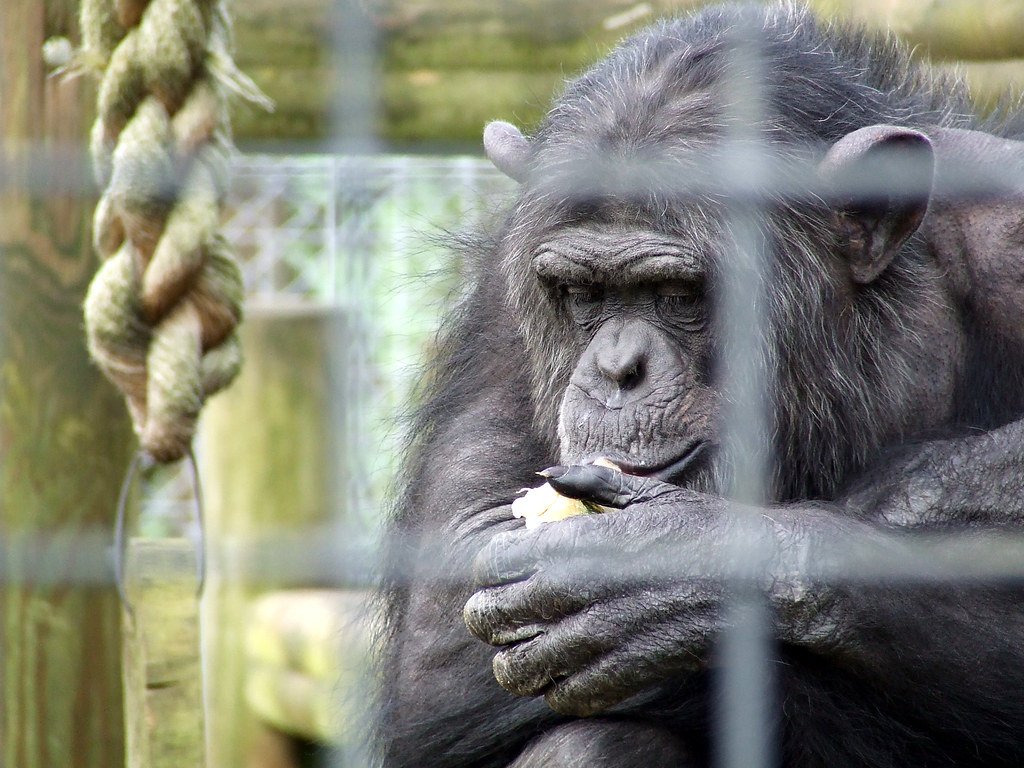
Perhaps nothing demonstrates chimpanzee culture more clearly than their diverse tool-making traditions. Different communities have developed unique techniques for crafting and using tools, creating what researchers call “tool cultures” that vary dramatically across Africa.
In the Taï Forest of Côte d’Ivoire, chimpanzees have perfected the art of nut-cracking using stone hammers and wooden anvils. They select specific stones based on weight and hardness, then position nuts with surgical precision. What’s remarkable is that young chimps spend years learning this skill, often failing repeatedly before mastering the technique – much like human children learning to ride a bicycle.
Meanwhile, in Gombe Stream, Tanzania, chimpanzees have become masters of termite fishing. They carefully select twigs, strip them of leaves, and modify them to the perfect length and flexibility for extracting termites from their mounds. Some communities even use multiple tools in sequence, demonstrating a level of planning and foresight that was once thought impossible in non-human animals.
The Language of Gestures

While chimpanzees can’t speak human languages, they possess an incredibly rich gestural communication system that rivals any sign language. Researchers have documented over 60 different gestures that chimpanzees use deliberately to communicate specific meanings to their companions.
The “arm raise” gesture, for instance, serves as a polite request for grooming, while the “hand extend” motion asks for food sharing. What’s particularly intriguing is how chimpanzees adjust their gestures based on their audience – they’ll use different signals when communicating with friends versus rivals, showing a sophisticated understanding of social context.
These gestures aren’t just instinctive responses but learned behaviors that vary between communities. Young chimpanzees gradually acquire their gestural vocabulary through observation and practice, much like human children learning to wave goodbye or point at objects they want.
Vocal Repertoires and Dialects

Beyond gestures, chimpanzees possess a complex vocal communication system that includes distinct dialects varying between communities. Their famous “pant-hoots” aren’t just random noise – they’re sophisticated long-distance calls that convey identity, emotional state, and location information to other community members.
Research has revealed that chimpanzee communities develop unique vocal signatures, almost like regional accents in human populations. A chimpanzee from Gombe Stream would sound noticeably different from one in Budongo Forest, even when making similar calls. These vocal differences help maintain group identity and can even influence mate selection.
What’s truly remarkable is how chimpanzees can modify their vocalizations based on social situations. They’ll use soft grunts during intimate grooming sessions but switch to loud screams during conflicts, demonstrating an understanding of appropriate communication volume and intensity.
Grooming Rituals and Social Bonding
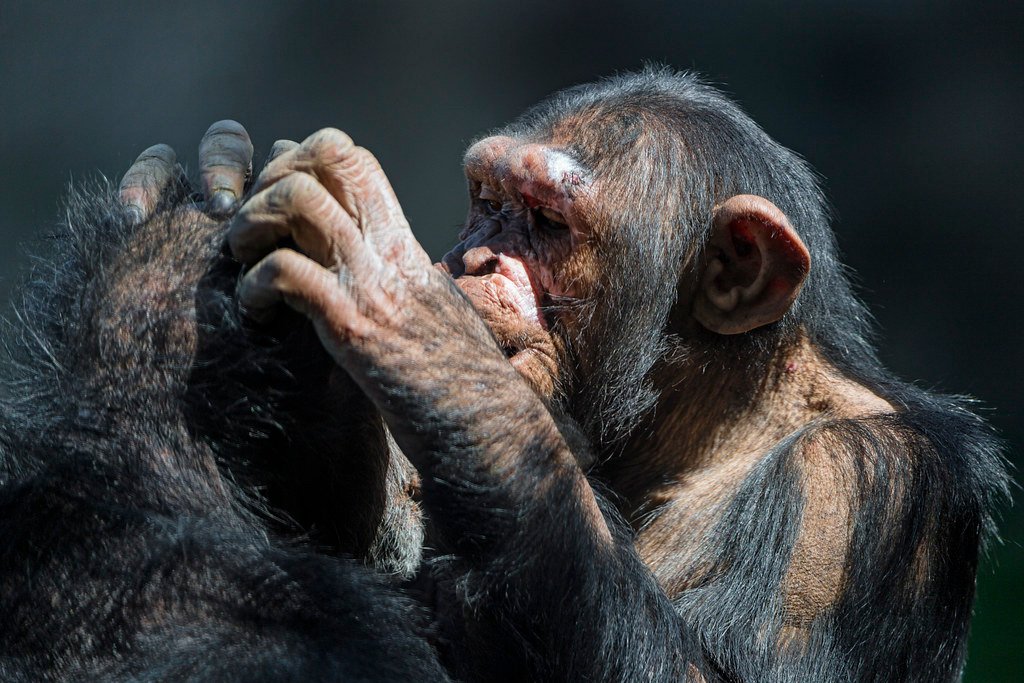
Grooming represents the cornerstone of chimpanzee social relationships, serving functions far beyond simple hygiene. These intimate sessions can last for hours, with chimpanzees carefully picking through each other’s fur, removing debris, and strengthening social bonds that form the foundation of their communities.
The patterns of grooming within a community reveal intricate social dynamics. High-ranking individuals often receive more grooming than they give, while close friends and family members engage in reciprocal grooming sessions that reinforce their relationships. Mothers and their offspring maintain grooming relationships throughout their lives, creating multi-generational bonds that span decades.
What’s particularly fascinating is how grooming serves as a form of social currency. Chimpanzees will sometimes groom others strategically before requesting favors, such as food sharing or support during conflicts. This “grooming for politics” demonstrates a sophisticated understanding of social exchange that would make any diplomat proud.
Conflict Resolution and Peacemaking
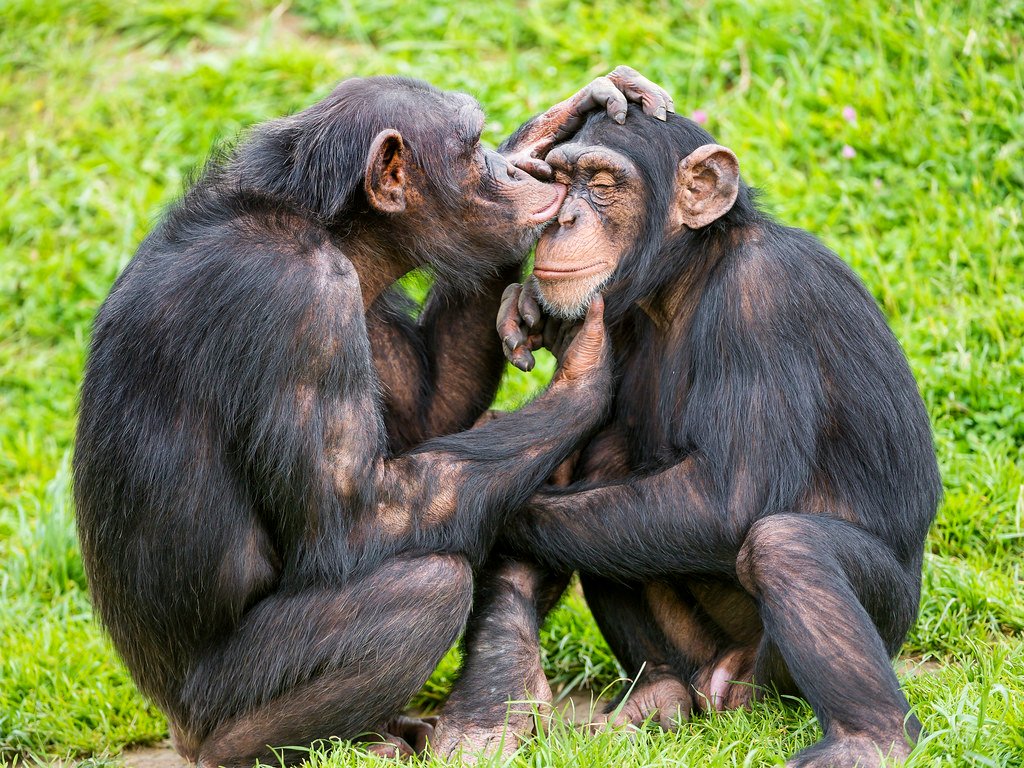
Chimpanzee communities have developed elaborate systems for managing conflicts and maintaining social harmony. Rather than allowing disputes to escalate indefinitely, they employ various peacemaking strategies that would be familiar to any human mediator.
After aggressive encounters, chimpanzees often engage in reconciliation behaviors, including embracing, grooming, or sharing food with former opponents. These peace-making gestures serve to repair damaged relationships and restore group cohesion. The famous primatologist Frans de Waal first documented these behaviors, showing how chimpanzees actively work to mend social rifts.
Even more impressive is their capacity for consolation – offering comfort to victims of aggression. A chimpanzee who has been attacked will often receive gentle touches, embraces, or grooming from uninvolved community members, demonstrating empathy and social support that rivals human compassion.
Play Behavior and Cultural Learning
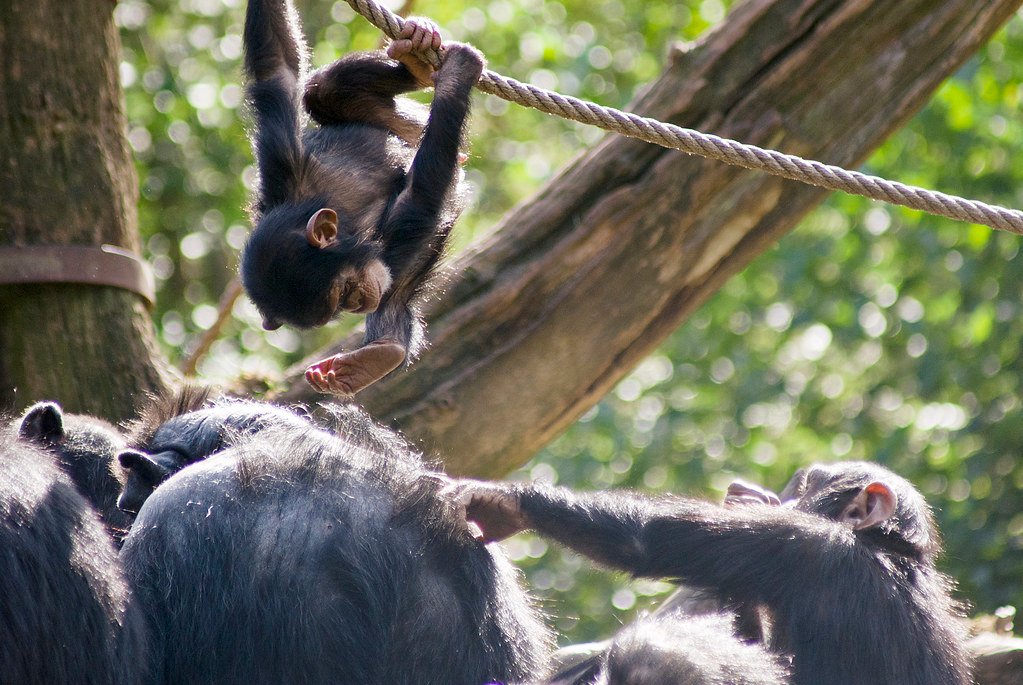
Play serves as a crucial mechanism for cultural transmission in chimpanzee societies, allowing young individuals to practice adult behaviors in a safe, low-stakes environment. Through play, juvenile chimpanzees learn everything from tool use techniques to social etiquette, gradually acquiring the skills they’ll need as adults.
Different communities have developed unique play traditions that reflect their broader cultural practices. In some populations, young chimpanzees engage in elaborate games involving leaf manipulation, while others focus on complex wrestling matches that teach important dominance and submission signals.
The social aspects of play are equally important, as young chimpanzees learn to read facial expressions, understand body language, and navigate complex social hierarchies. These playful interactions create lasting friendships and establish social networks that will influence their adult relationships for years to come.
Food Sharing and Reciprocity

Food sharing among chimpanzees reveals sophisticated systems of reciprocity and social obligation that challenge our understanding of altruism in the animal kingdom. While chimpanzees are generally protective of their food, they do share under specific circumstances that follow complex social rules.
High-value foods, such as meat from successful hunts, are often shared among group members according to strict social protocols. The hunters typically distribute portions to allies, family members, and individuals who supported the hunt, creating a system of rewards and obligations that strengthens social bonds.
What’s particularly intriguing is how chimpanzees remember past sharing interactions and adjust their future behavior accordingly. Individuals who have been generous in the past are more likely to receive food during lean times, while those who have been selfish may find themselves excluded from sharing networks.
Territorial Defense and Warfare
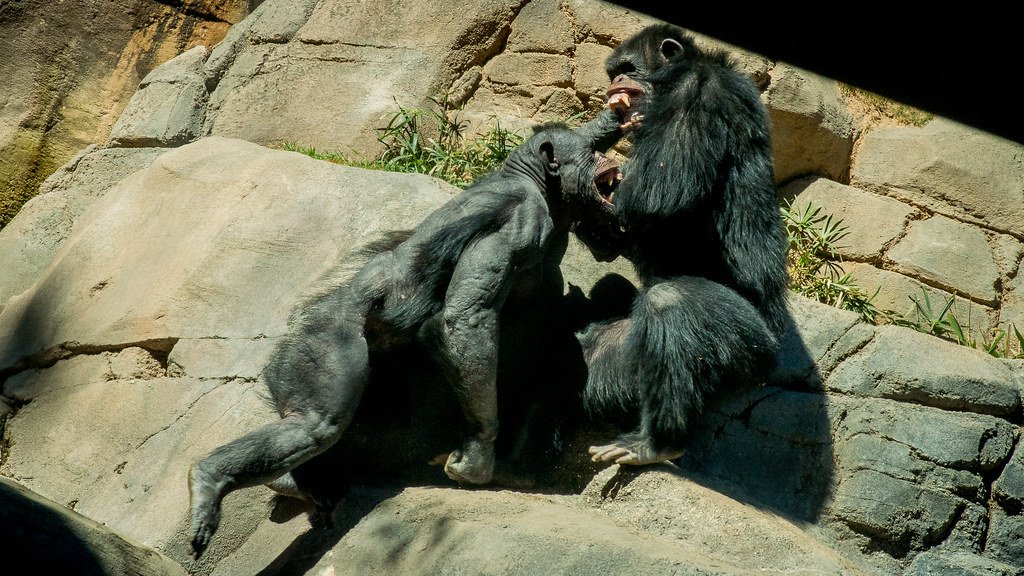
Perhaps one of the most sobering aspects of chimpanzee culture is their capacity for organized warfare against neighboring communities. These conflicts aren’t random acts of aggression but coordinated campaigns that can last for years and result in the complete destruction of rival groups.
Chimpanzee warfare involves strategic planning, with raiding parties conducting reconnaissance missions to gather intelligence about enemy positions and strength. They’ll wait for optimal conditions – when opponents are outnumbered or distracted – before launching coordinated attacks that demonstrate tactical thinking rivaling human military strategies.
The psychological aspects of these conflicts are equally disturbing and fascinating. Chimpanzees show clear evidence of holding grudges, targeting specific individuals from rival groups, and celebrating victories with displays of excitement and aggression that suggest they understand the significance of their actions.
Maternal Care and Knowledge Transfer

Chimpanzee mothers serve as the primary teachers and cultural transmitters within their communities, passing down essential knowledge through patient instruction and demonstration. The mother-infant bond lasts for many years, creating extended apprenticeships that ensure cultural continuity across generations.
Young chimpanzees learn by watching their mothers’ every move, gradually acquiring skills through careful observation and practice. Mothers will deliberately slow down their movements during tool use, allowing their offspring to observe and learn the precise techniques needed for success.
This teaching process extends beyond technical skills to include social knowledge, such as which individuals to trust, how to navigate complex hierarchies, and when to show submission or assert dominance. Mothers essentially provide their offspring with a cultural education that prepares them for adult life in their specific community.
Innovation and Problem-Solving

Chimpanzee communities demonstrate remarkable capacity for innovation, with individuals regularly developing new solutions to environmental challenges. These innovations often spread through social learning, becoming new cultural traditions that define community identity.
One of the most famous examples occurred at the Arnhem Zoo, where a chimpanzee named Wash began using water to clean her food before eating. This behavior quickly spread to other group members and eventually became a standard practice within the community, demonstrating how innovations can become cultural norms.
Wild chimpanzees show similar innovative abilities, developing new tool designs, discovering alternative food sources, and creating novel social strategies. These innovations often emerge in response to environmental pressures, showing how chimpanzee cultures can adapt and evolve over time.
Ritual Behaviors and Traditions

Some chimpanzee communities have developed behaviors that can only be described as ritualistic, serving no obvious practical purpose but maintaining important social functions. These traditions often involve specific sequences of actions that are performed in particular contexts or locations.
The “rain dance” performed by some chimpanzee communities represents one of the most intriguing examples of ritual behavior. During thunderstorms, certain individuals will perform elaborate displays involving branch shaking, calling, and dramatic movements that seem to serve no survival function but may help reduce anxiety or strengthen group bonds.
Other ritual behaviors include specific greeting ceremonies, territory marking displays, and even what appears to be mourning behavior for deceased community members. These traditions suggest that chimpanzees may have capacity for symbolic thinking and emotional processing that goes far beyond simple survival needs.
Seasonal Adaptations and Cultural Flexibility

Chimpanzee communities demonstrate remarkable cultural flexibility, adapting their behaviors and traditions to seasonal changes and environmental challenges. This adaptability reveals sophisticated planning abilities and cultural resilience that helps communities survive in changing environments.
During fruit-scarce seasons, communities may temporarily abandon certain territories and modify their social structures to optimize foraging efficiency. These adaptive strategies are learned and passed down through generations, creating seasonal cultural patterns that reflect deep environmental knowledge.
The flexibility extends to tool use, with communities developing different techniques for different seasons. Termite fishing tools may be modified for wet versus dry seasons, while nut-cracking techniques might change based on the hardness of available nuts throughout the year.
Leadership Dynamics and Social Intelligence

Leadership within chimpanzee communities requires sophisticated social intelligence, with successful leaders demonstrating abilities that would be familiar to any human politician. Alpha individuals must balance competing interests, manage conflicts, and maintain support from diverse coalition partners.
Effective chimpanzee leaders often display remarkable emotional intelligence, showing empathy toward distressed group members, mediating conflicts between rivals, and making strategic decisions that benefit the entire community. These leadership skills are learned through years of observation and practice within the social hierarchy.
What’s particularly striking is how leadership styles vary between communities, reflecting different cultural approaches to authority and governance. Some groups prefer more aggressive, dominance-based leadership, while others favor collaborative, consensus-building approaches.
Communication During Hunting

Chimpanzee hunting parties demonstrate sophisticated communication systems that coordinate complex group activities. These hunts require precise timing, role assignment, and strategic positioning that would be impossible without effective communication protocols.
During hunts, chimpanzees use a combination of gestures, vocalizations, and subtle body language to communicate their intentions and coordinate movements. Hunters will signal their planned routes, indicate when to begin the chase, and communicate the locations of prey animals with remarkable precision.
The communication patterns vary between communities, with different groups developing unique hunting protocols and signaling systems. These variations represent distinct cultural approaches to cooperative hunting that reflect each community’s specific environmental challenges and social structures.
Memory and Cultural Continuity

Chimpanzee cultures depend on remarkable individual and collective memory systems that preserve important knowledge across generations. Individual chimpanzees can remember specific events, relationships, and locations for decades, creating living libraries of cultural information.
The collective memory of communities includes knowledge about seasonal patterns, territorial boundaries, historical conflicts, and social relationships that span multiple generations. This cultural memory helps communities navigate complex social and environmental challenges by drawing on accumulated wisdom.
What’s particularly impressive is how chimpanzees can adapt their cultural memories to changing circumstances, updating traditional knowledge when environmental conditions shift or new challenges arise. This dynamic relationship between memory and adaptation ensures cultural survival in changing environments.
Future Implications for Conservation
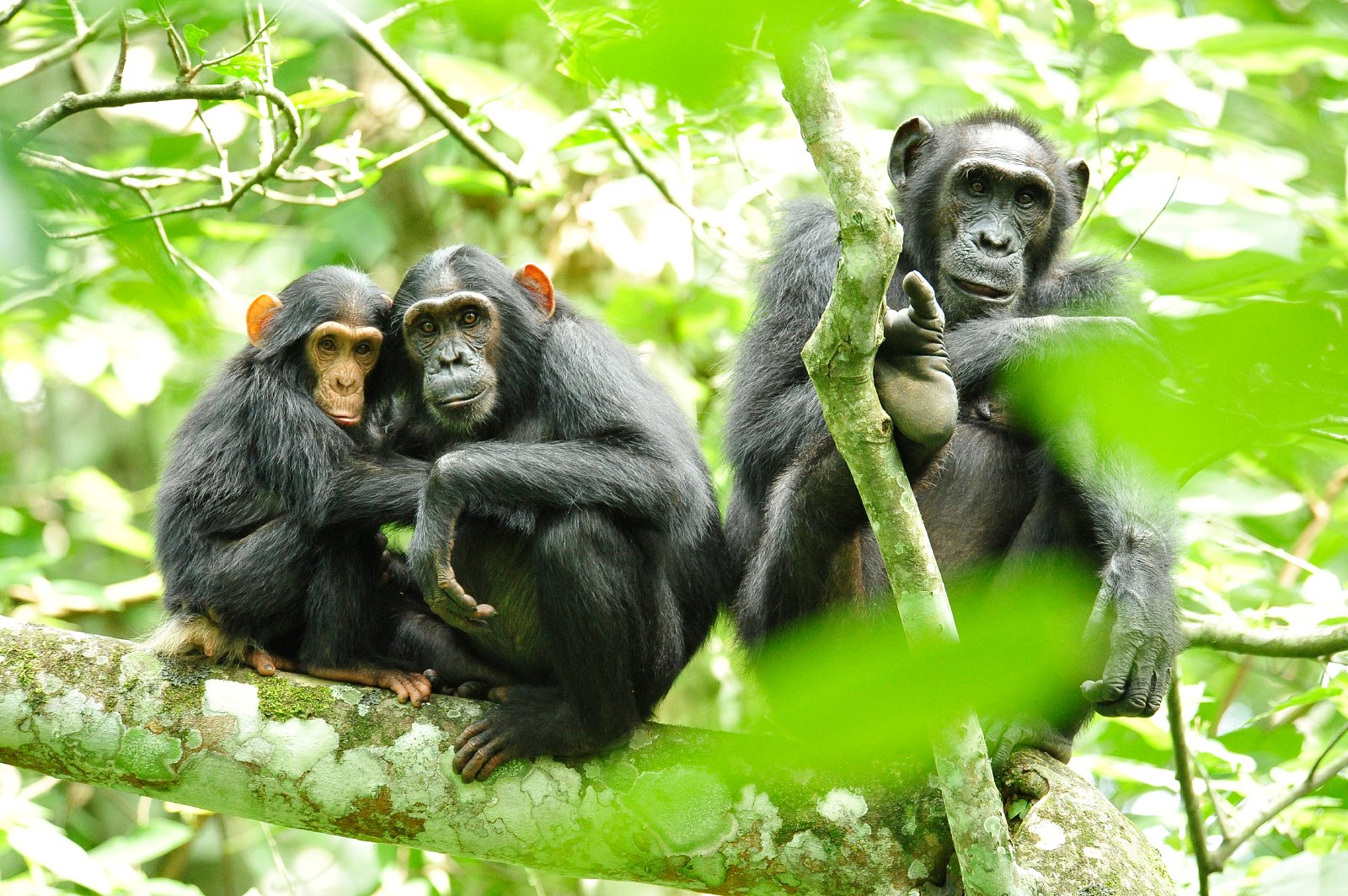
Understanding chimpanzee culture has profound implications for conservation efforts, as protecting these remarkable primates means preserving not just individuals but entire cultural systems that have evolved over thousands of years. Each chimpanzee community represents a unique cultural heritage that, once lost, cannot be recovered.
Conservation strategies must now consider cultural preservation alongside habitat protection, recognizing that chimpanzee communities need not just space to survive but also the social continuity necessary to maintain their cultural traditions. This holistic approach to conservation represents a new frontier in wildlife protection.
The insights gained from studying chimpanzee culture also inform our understanding of human evolution, revealing the deep roots of many behaviors we consider uniquely human. These discoveries challenge us to reconsider our relationship with our closest living relatives and our responsibility to protect their remarkable societies.
The Mirror of Ourselves

Perhaps the most profound impact of studying chimpanzee culture is how it reflects back on our own humanity. The similarities between chimpanzee and human societies – the politics, the traditions, the conflicts, and the compassion – reveal the ancient roots of behaviors we thought were uniquely our own.
These remarkable primates show us that culture isn’t just a human invention but a natural phenomenon that emerges from complex social intelligence. Their societies demonstrate that cooperation, tradition, and learning are fundamental aspects of advanced social animals, not just accidents of human evolution.
As we continue to study these fascinating creatures, we’re not just learning about chimpanzees – we’re discovering the deep evolutionary foundations of culture itself. Their social world offers us a unique window into the origins of our own cultural complexity and the remarkable journey that led to human civilization.
The intricate social tapestries woven by chimpanzee communities reveal a world far more complex and emotionally rich than we ever imagined. From their sophisticated tool-making traditions to their elaborate peacemaking rituals, these remarkable primates demonstrate that culture extends far beyond the human realm. Their ability to innovate, teach, remember, and adapt challenges our most basic assumptions about what makes us special as a species. As we face an uncertain future for wild chimpanzee populations, we must recognize that protecting these animals means safeguarding irreplaceable cultural treasures that have evolved over millennia. What aspects of chimpanzee culture surprise you most about our closest living relatives?


